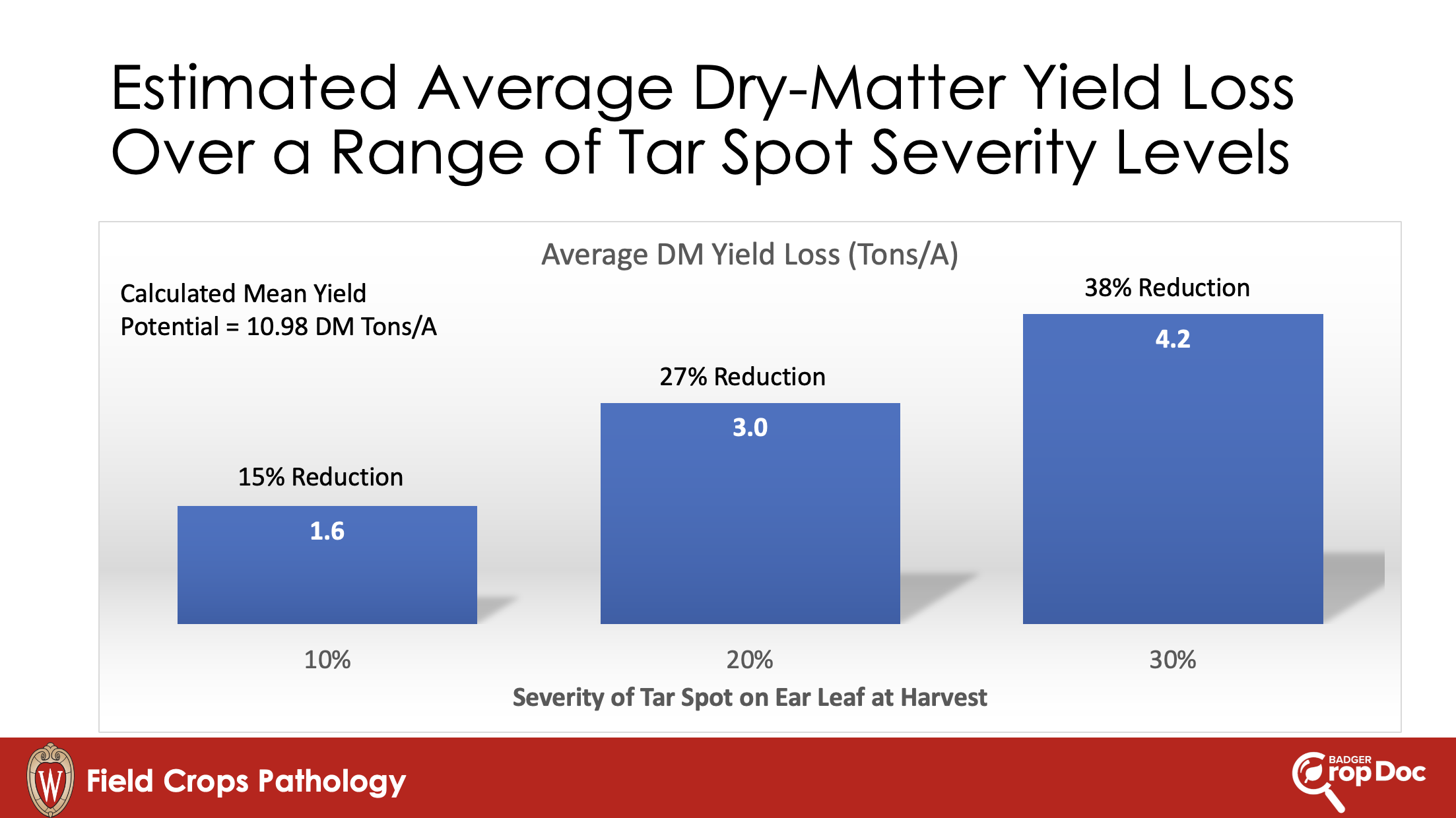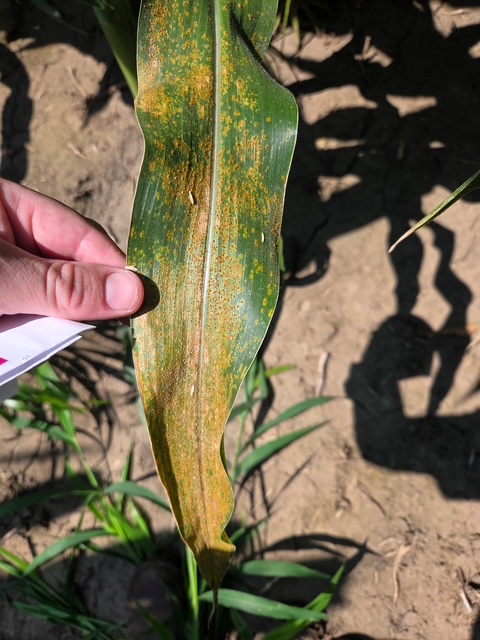Damon L. Smith, Professor and Extension Field Crops Pathologist, Department of Plant Pathology, University of Wisconsin-Madison
Harkirat Kaur, Assistant Professor and Extension Corn Agronomist, Department of Plant and Agroecosystem Sciences, University of Wisconsin-Madison
Preventing mycotoxin contamination in corn silage requires a multi-pronged approach, including field management, proper harvesting, ensiling techniques, and strategic feeding practices. Now is a good time to consider some in-field management to reduce deoxynivalenol issues in your silage crop. Note that foliar fungicides have had mixed results when it comes to reducing deoxynivalenol in Wisconsin over the years, but might have greater likelihood of success on highly susceptible hybrids.
Several factors influence the presence of DON in corn fields:
- Fungal Survival: The fungi that produce DON can persist on crop residue, making residue management a potential, but not foolproof, control method. Wind can also spread fungal spores, so eliminating all risk is impossible.
- Hybrid Selection: Some corn hybrids, such as brown mid-rib (BMR) varieties, tend to accumulate higher DON levels than conventional hybrids. Non-BMR hybrids may help reduce risk.
- Plant Density and Spacing: Managing plant populations to lower field humidity and minimize competition for nutrients can improve overall plant health and reduce mycotoxin risk.
- Fungicide Application: While fungicides can help, their effectiveness in reducing DON in Wisconsin has been inconsistent. The best results occur when applied within 5–7 days of white silk (R1 growth stage).
- Mange Insect Damage: Using Bt hybrids or insecticides may help by reducing insect damage, especially on the ears, which can create and opening for Fusarium to colonize and produce DON.
- Foliar Disease Control: Diseases like tar spot can reduce silage quality and weaken stalks, leading to lodging and moisture imbalances. Early chopping may mitigate some risks by improving fermentation and reducing mycotoxin buildup during storage.
The points above should be kept in mind as you evaluate risk of deoxynivalenol in your crop. The full article was posted earlier this year, but can be viewed in its entirety HERE.






